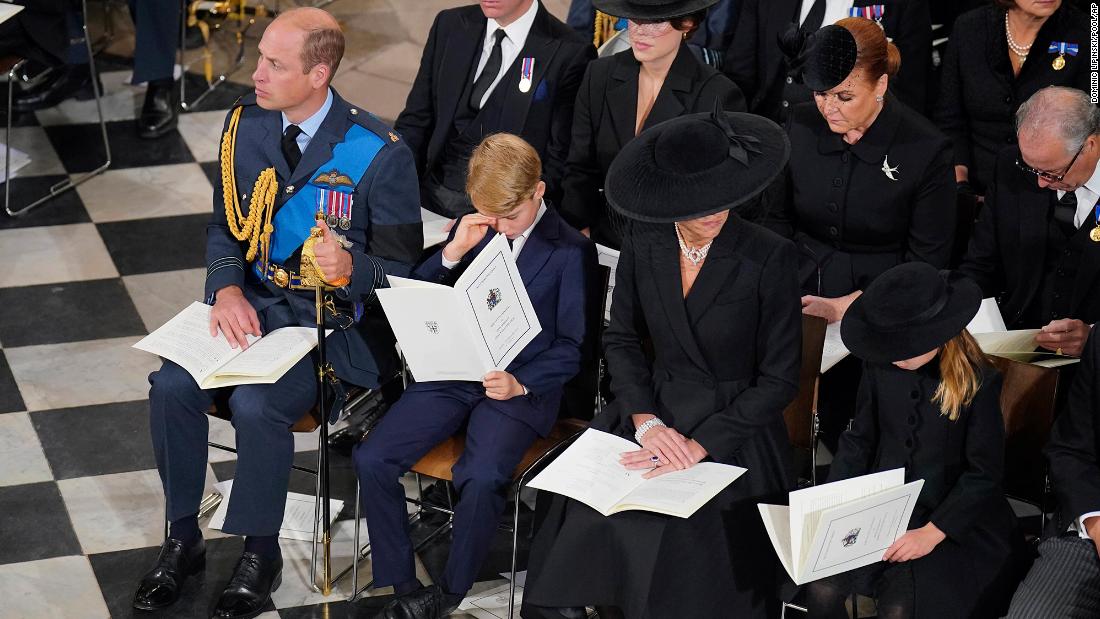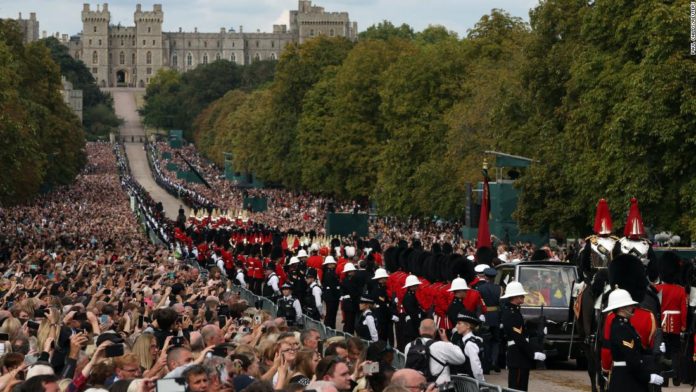The body of Queen Elizabeth II was buried at the King George VI Memorial Chapel in Windsor on Monday evening, according to the official website of the royal family.
Her state funeral took place earlier this morning in London, where her son and heir King Charles III was joined by the rest of the royal family and leaders from across the world for the service

The Queen — Britain’s longest-reigning monarch whose rule spanned seven decades — died on Sept. 8 at the age of 96, prompting an outpouring of grief across the UK and around the world.
Prince Philip’s coffin was relocated today from the Royal Vault of St George’s Chapel in Windsor, so that the Queen can be laid to rest alongside her beloved husband of 73 years.

The burial service was conducted by the Dean of Windsor.
Though the death of Queen Elizabeth, Britain’s longest-reigning monarch, had been anticipated and carefully planned for for years — funeral arrangements, codenamed “Operation London Bridge,” were long the subject of speculation — the magnitude of this moment of mourning and the public outpouring of emotion has still caught many off guard. Even for those who are not fans of the royal family, her death marks the end of an era, a shift in the national landscape.
At 96, the Queen had become an almost mythical symbol of stability amid constant change. Her 70-year rule was bookended by war and pandemic, punctuated by uncertainty about Britain’s role on the world stage. She was crowned as the sun had started to set on the British Empire, and her death has renewed a conversation about the country’s dark colonial past.
It comes at a time of great political and economic upheaval, not only in the United Kingdom, but across the globe.
Reporting by CNN






















